Helping Older Students With Decoding and Syllable Types

This is a quick addition to part 3 of the syllable types blog series. Read part 1 and part 2.
I recently saw a question posed about how to help a middle school student who continually made errors in vowel sound production when reading, even after interventions, and while I responded on the social media page, I also thought of this quick strategy that I have used for years with my older students and that it was was worth sharing.
So, in addition to solidifying sound-symbol correspondence knowledge with the student and applying this to their decoding strategies, how can we help our older students make the quickest gains in the area of accurate decoding, honor their age, and, most importantly, help them understand how to use strategies in real life (their classrooms!)?
When older students come to work with me, they often have multiple areas where they rely on compensation skills. One of these is looking at a word’s first letter or part and then guessing or saying a word that may sound ...
Syllable Division
This is part 3 of the syllable types blog series. Read part 1 and part 2.
Our students encounter multisyllabic words daily in the spoken and written word. One of the hallmarks of dyslexia is "...difficulty with accurate and/or fluent word recognition and by poor spelling and decoding abilities..." (International Dyslexia Association, Dyslexia Definition). Just as students need explicit instruction in early decoding skills, they need reliable decoding strategies as they move into reading multisyllabic words. These word-attack strategies are necessary for students, especially those struggling with reading, so they can avoid falling into the bad habit of guessing. Strong readers subconsciously break words into syllables and meaningful parts (think affixes and roots) when reading new unknown words. Explicitly teaching students HOW to approach a larger multisyllabic word sets them up for success and is especially important for our dyslexic and struggling readers.
What is Syllable Divisio...
Teaching the Six Syllable Types
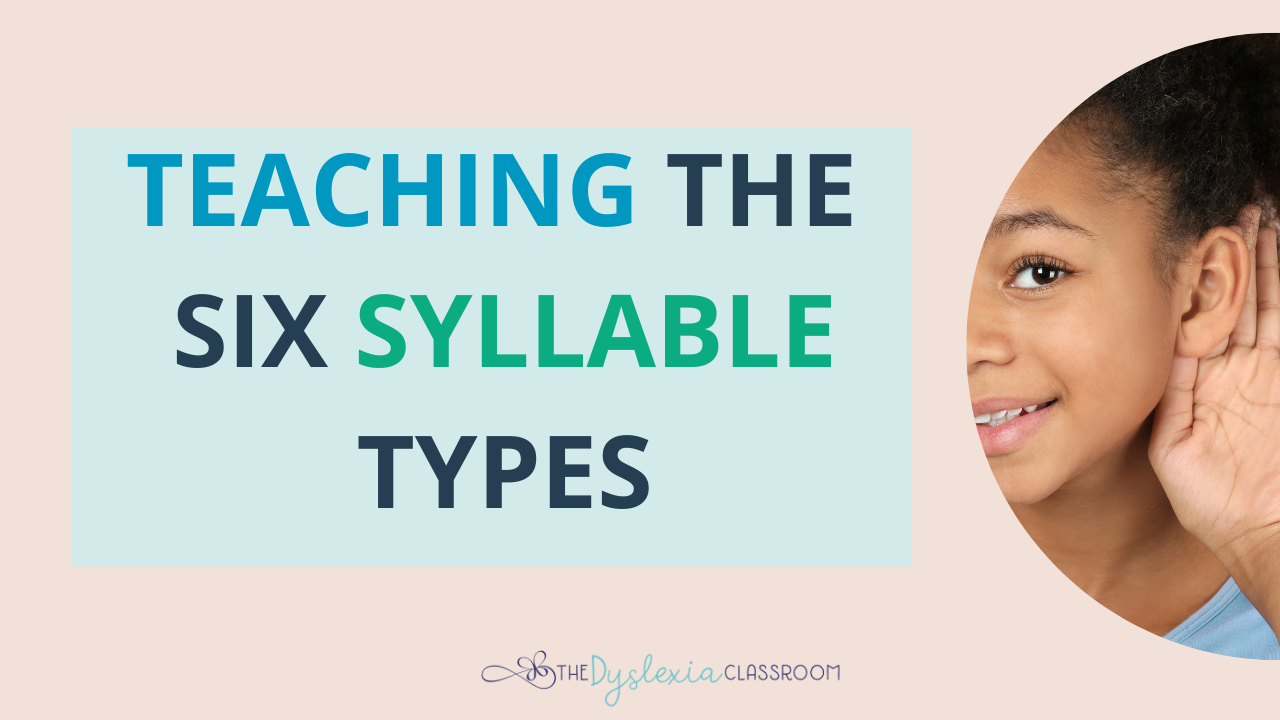
*This is part 2 of the series about syllables and syllable types in reading instruction. Read part 1 here.
In part 1 of the What are syllable types and why do they matter? blog series, I shared some information on why we should teach syllables, plus some tips for teaching students, and provided some scaffolds. This part of the series continues with syllable knowledge and connects to syllable types.
Why Teach the Six Syllables?
As teachers, we cannot assume that children automatically know the sounds linked to letters. Therefore, we must explicitly teach sound-symbol correspondences, which provide a foundation for students to read one-syllable words successfully. But what must we teach to allow students to move beyond this? Teaching the Six Syllable Types provides a robust foundation for students and provides students with word attack strategies and tools to approach unknown words.
In addition to sound-symbol relationships, explicitly teaching syllable types, syllable division (thin...
Tips and Scaffolds to Aid Handwriting Skills
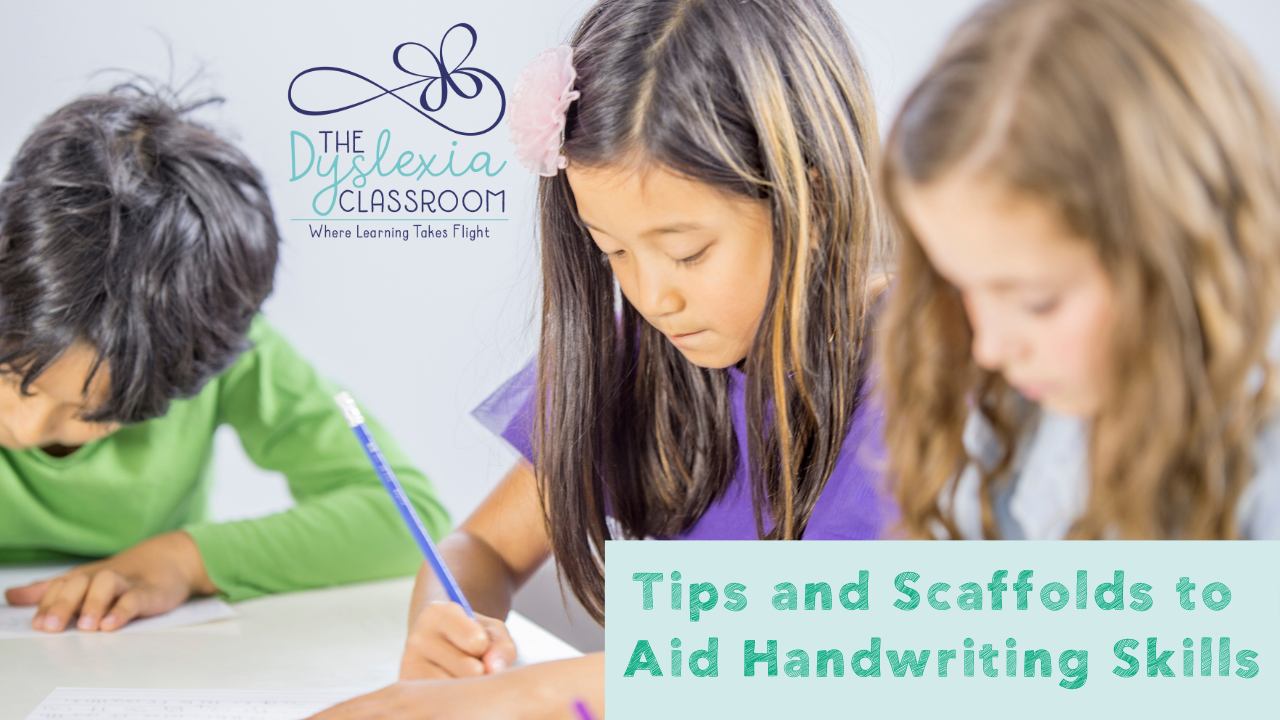
Do you remember when you first learned to drive a car? There is a lot of thinking going on! The number of things you had to think about - how to start the vehicle, checking the mirrors, making sure the seat was in the correct position, looking carefully at the dashboard, making sure you used your blinker, the list goes on and on.

Learning to write legibly is similar to learning how to drive a car. At first, it takes a lot of practice and cognitive energy, but once automatic driving and handwriting are done easily, it frees up mental energy for other things. A lot is going on.
Handwriting instruction is essential for all students, especially those with dyslexia and dysgraphia. Until students can form letters with reasonable legibility and speed, their concentration and focus are often spent on letter production. When students have not reached automaticity of letter formation, it taxes the working memory and places higher demands on cognitive resources.
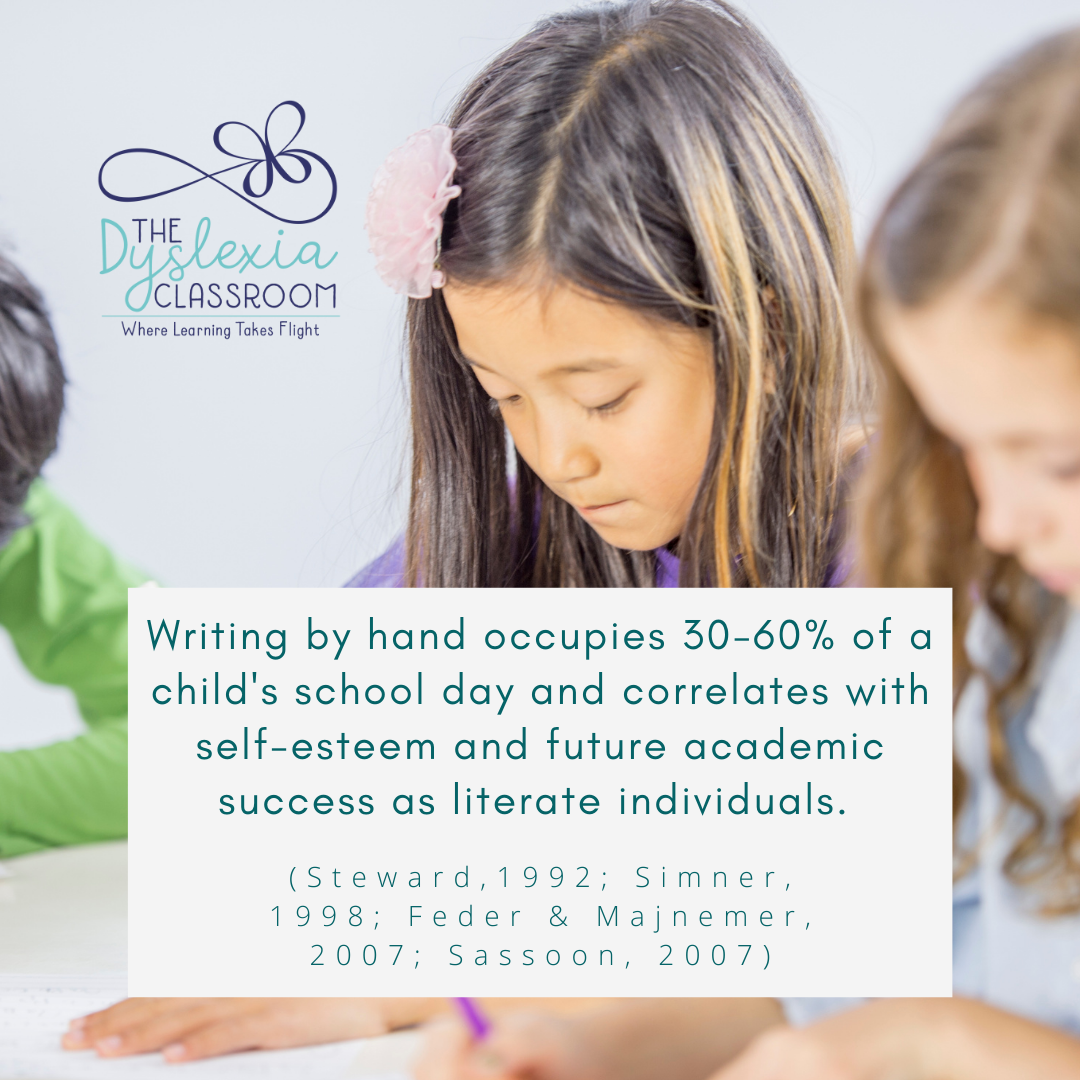
Why Teach Handwriting?
T...
What are syllable types and why do they matter - Part 1
*This is part 1 of the series about syllables and syllable types in reading instruction.
The ultimate goal of reading is for our children to achieve high levels of comprehension. We want this for ALL children. Reading comprehension is a product of printed word recognition and language comprehension (Gough & Tunmer, 1986). This means that weakness in either (or both) domains leads to weak reading comprehension.

The Simple View of Reading
The Simple View of Reading, by Gough & Tunmer, breaks apart the very complex elements needed for reading into two broad categories: word recognition and language comprehension. Reading comprehension is a product of these two categories.
Word recognition, or the accurate and fast retrieval of decoded word forms, is essential for developing reading comprehension. Students who can not accurately read the words on the page will not fully comprehend what is being read. This automated word reading frees up mental resources and allows for close atten...
What is the 3-Cueing Approach, and Why Is It Getting Banned?

Significant educational shifts are happening as states move toward aligning instruction to the science of reading, the vast, interdisciplinary body of scientifically-based research regarding reading, writing, and learning. Many are implementing laws and policies related to evidence-based reading instruction to bring change to classrooms. Since 2013, 29 states and the District of Columbia have passed laws or implemented new policies related to reading instruction. Recently, in Texas, legislation was put forth by House Bill 2162, which proposed banning the use of the three-cueing model in reading instruction. While Texas is not the first state to do so, it most likely won't be the last. What does this mean for teaching reading, and does it matter?
Why the Shift?
The current state of reading scores nationwide has raised questions about reading instruction and set a wave of change in motion. Emily Hanford's article Hard Words, podcasts, and those in the education field that have called ...
Stuck On Decoding: 5 Ways To Scaffold Instruction

Have you ever had a student that struggles with blending words or over-emphasizes the strategy of letter-by-letter decoding? Or a student who segments, or pulls apart, individual sounds in words but cannot blend them to read the word? What can you do to move a student forward?
It can be incredibly frustrating for the student who can isolate the sounds - or decode letter-by-letter but then struggles to bring that knowledge together to read the word.
Dyslexic students learning to read need more instructional time and practice addressing decoding and spelling applications, but what happens when students get stuck on letter-by-letter decoding? Are there scaffolds we can use to move them to fluent reading?
What is Scaffolding in Instruction?
Scaffolding is integral to working with diverse learners and those with dyslexia. It is an instructional strategy in which learning is broken into smaller chunks, providing a tool, structure, or strategy to help students grasp new materials or con...
Math and Dyslexia: Quick Tips for Word Problems
For many students with dyslexia, word problems in math can be especially challenging. Why? Dyslexia is a language-based learning difference. There is a language to math that may often be overlooked.
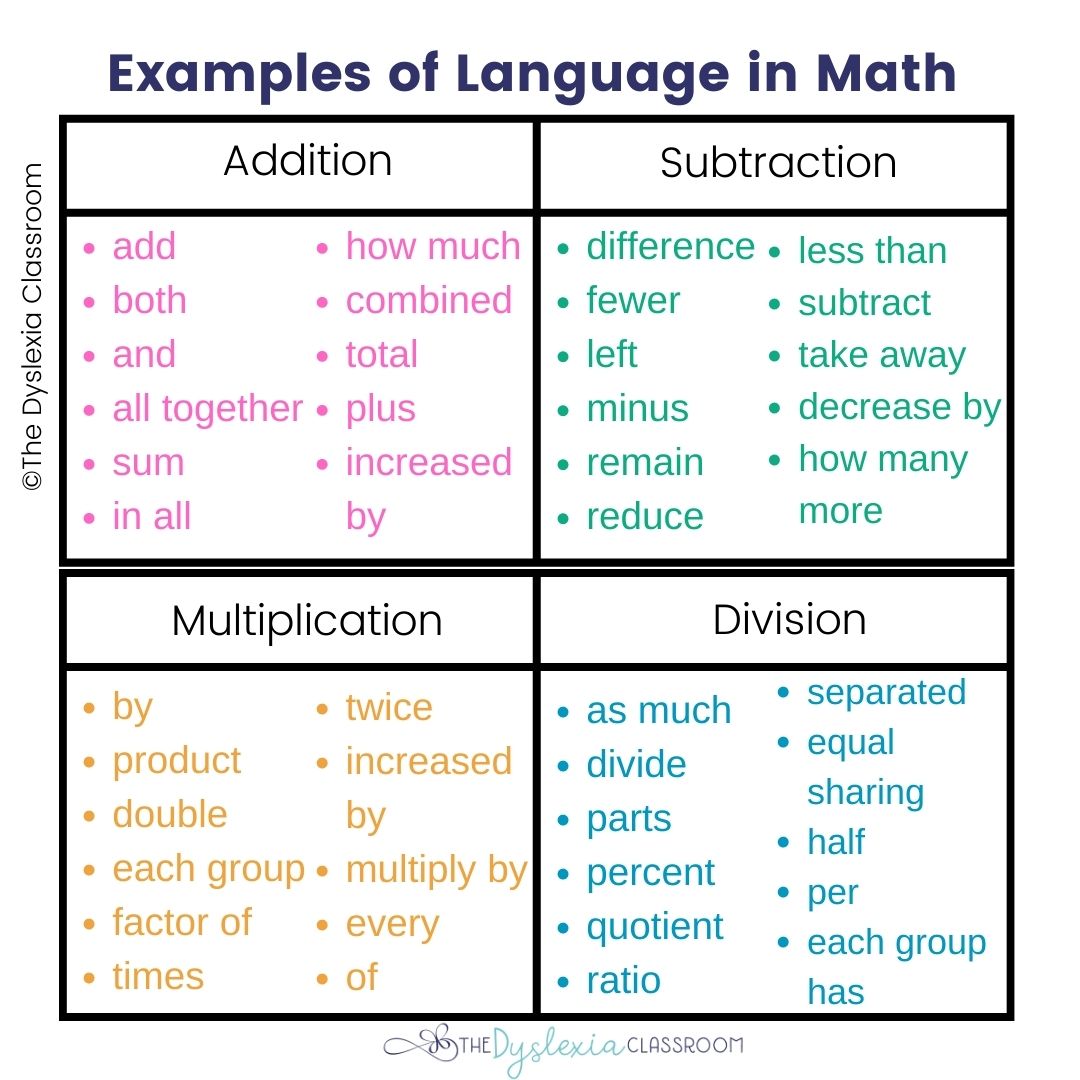
We need to break down the vocabulary in terms of math problems and explicitly teach these to students. You can have students highlight or underline these terms and essential information as they work with word problems.
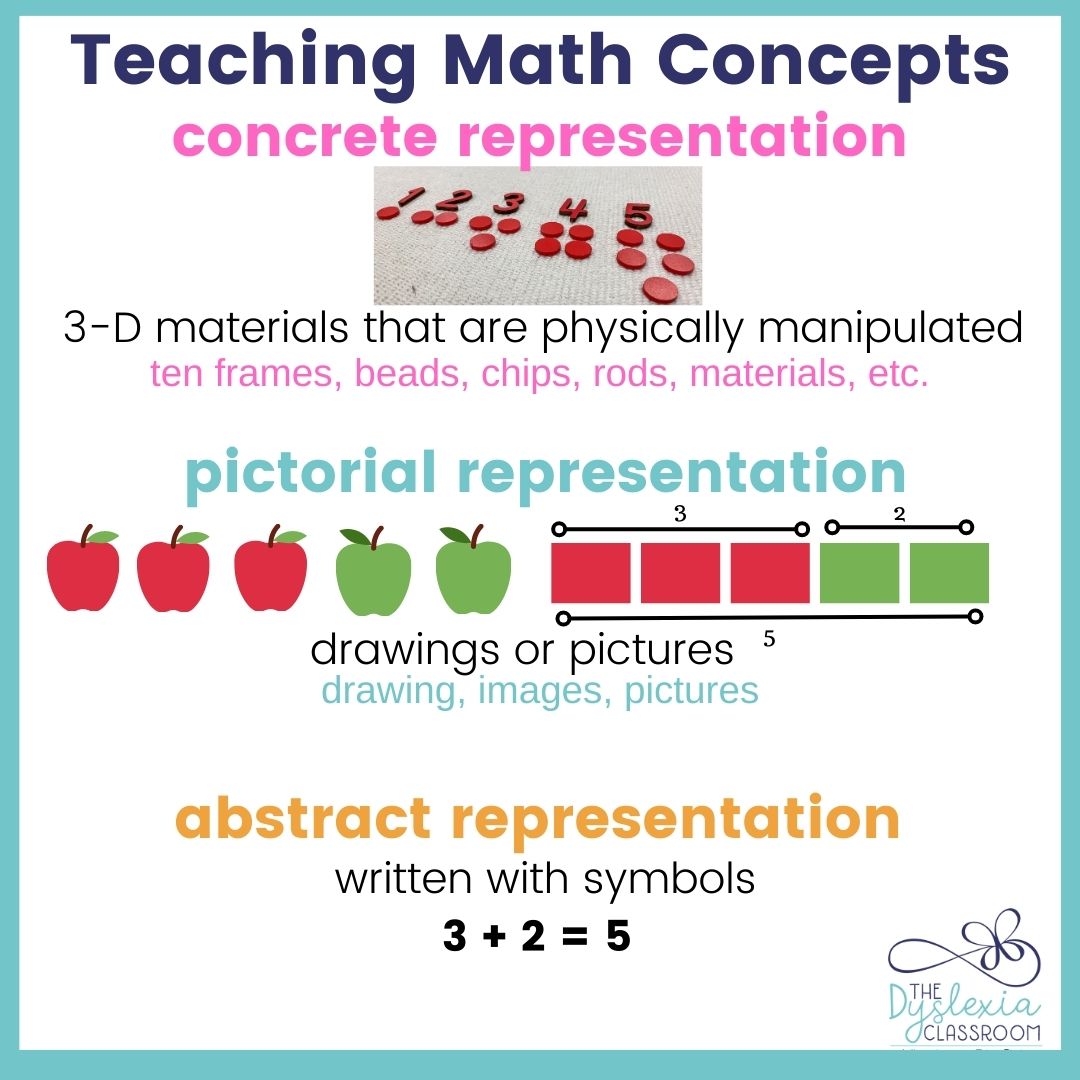
In addition to language, many students with dyslexia have difficulty with sequence, order, and concepts of time. In multi-step word problems, students need to make sense of what needs to be solved first. Teaching students to identify, and then number, what needs to be done first, second, and so forth, can assist in the sequencing of the problem.
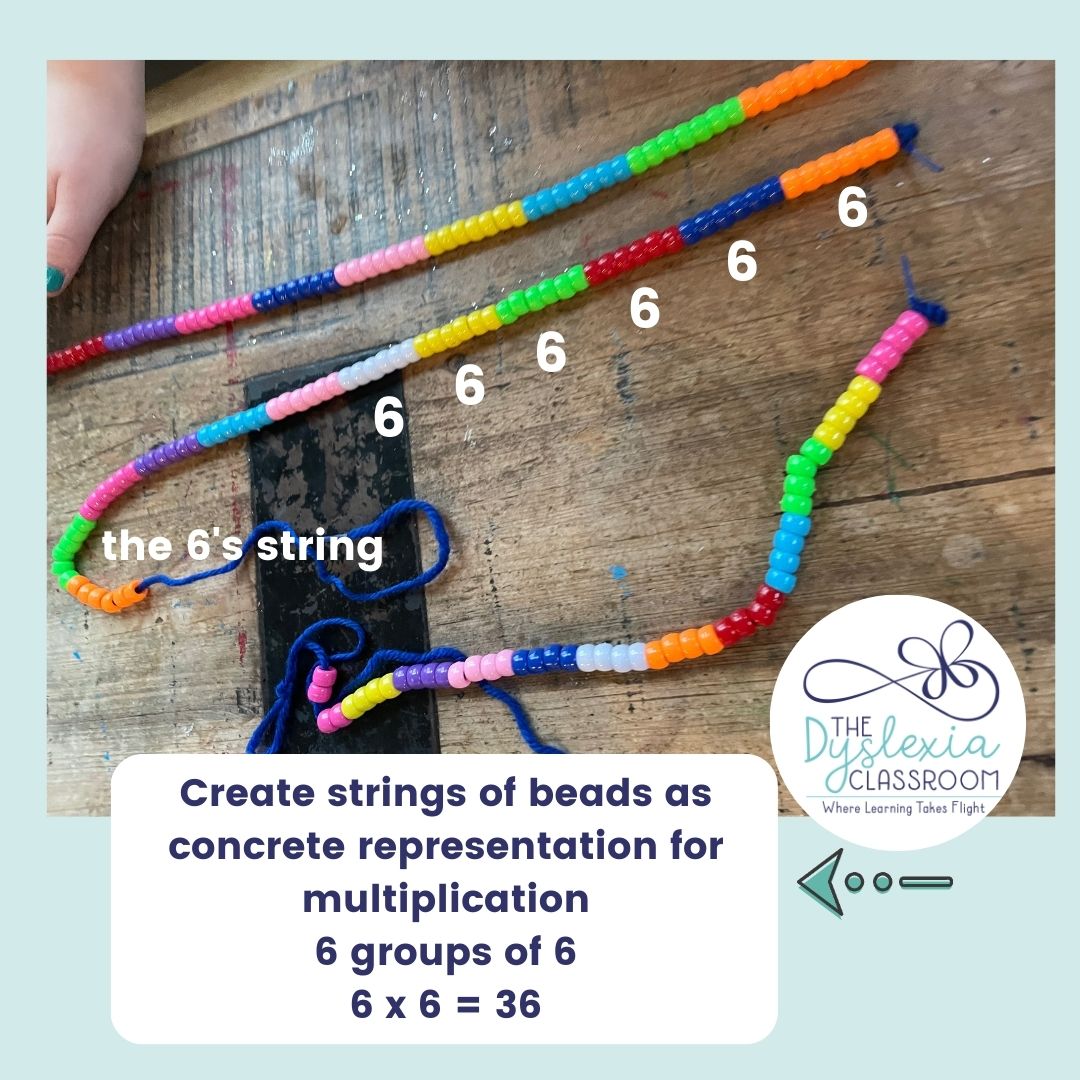
Many dyslexic learners have strong visual and spatial reasoning skills. So, teaching through concrete, think manipulatives and pictorial representations, those drawings, benefit students in gaining an understanding of concept...
3 Tips For Building Phonemic Awareness

Recently, in the education world, there has been a lot of talk about phoneme awareness and its importance in reading instruction - with good reason! As classroom reading instruction shifts, finding ways to bridge the research to instructional practices is crucial. But with this comes a need to understand what the research means for our work and our students.
There is widespread agreement that phoneme awareness skills such as perceiving sounds in speech, isolating sounds, and blending and segmenting words are the foundation for learning to read and write. A National Reading Panel in-depth review of 52 phonemic awareness articles found that explicitly teaching phonemic awareness directly impacts children's reading significantly more than instruction without any attention to phonemic awareness. This evidence was so clear that they recommended that explicit phonemic awareness instruction be a part of classroom reading instruction beginning in preschool.
Looking at the Phonological Pro...
Multi-Sensory Instruction: Moving Beyond the Sand Tray
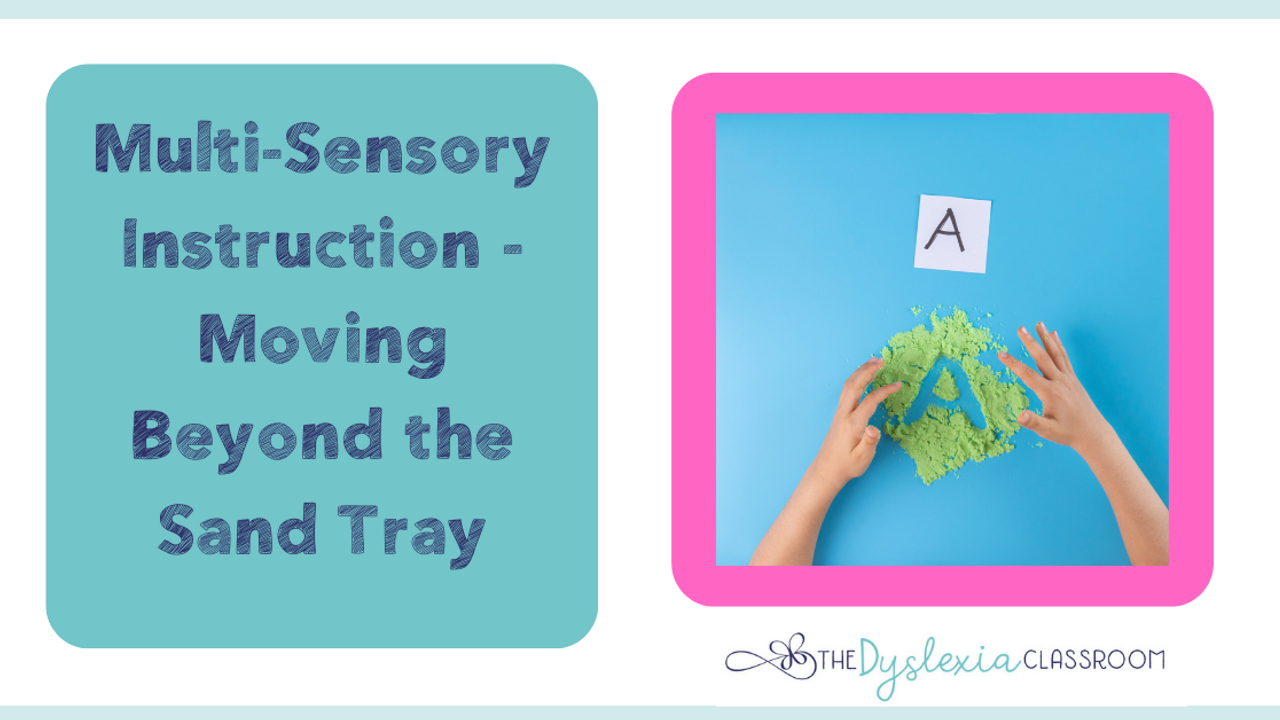
When you hear the word "multi-sensory," what comes to mind? For many who teach reading, especially to beginning readers, it may elicit images of hands-on activities, plastic letters, and sand trays. These are wonderful tools to incorporate into our structured literacy lessons (read more here), but there is so much more to multi-sensory instruction beyond the sand tray.
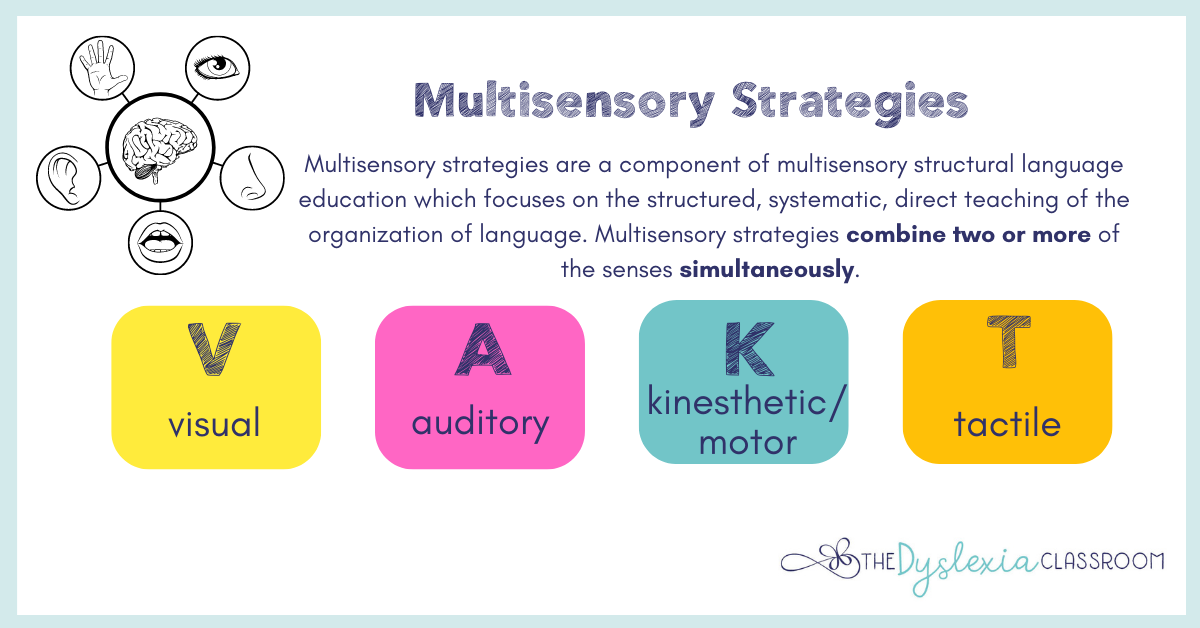
What Is Multi-Sensory Instruction?
Multi-sensory instruction means students simultaneously engage in two or more sensory modalities to take in and express information. These modalities are visual, auditory, kinesthetic/motor, and tactile. Multi-sensory teaching is often emphasized by those who work with dyslexic learners. Why? Most programs used with struggling or dyslexic learners are rooted in the Orton-Gillingham principles and include the direct, structured, systematic, and explicit teaching of the organization of language also referred to as Multisensory Structured Language Education (MSLE). These instructional ...



